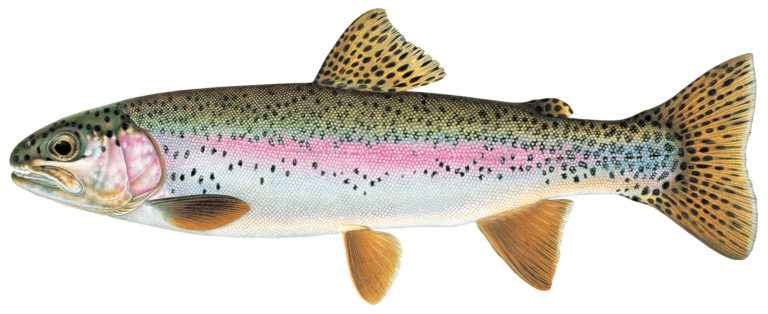New Hampshire

Overview
New Hampshire’s Priority Waters are grouped into two large regions, the North Country and the White Mountains. Nestled between Vermont and Maine and bordering Quebec, the rugged and wild North Country features extensive brook trout strongholds. To the south, the White Mountains include stronghold brook trout habitat patches. Still, there are opportunities for improvement in this vast and varied network of watersheds, which include major New Hampshire rivers such as the Ammonoosuc, Androscoggin, Pemigewasset, Saco, and Connecticut rivers, and hundreds of little-known headwaters tributaries. By dealing with stream-fragmenting barriers and doing habitat-enhancement projects, TU is strengthening important brook trout resources.
Threats & Opportunities
New Hampshire streams at lower elevations without significant groundwater influence are vulnerable to warming temperatures. Although much of the landscape is forested, there are risks from development, particularly in the White Mountain region. TU is focused on habitat protection, restoration, and reconnection projects on streams that have been identified as being the most resilient to climate change.
How We Work
Reconnection
Our goal is to link up headwaters with larger downstream rivers to recover larger brook trout populations and healthier ecosystems. To that end, we are conducting in-depth analyses and surveys of the region to identify fish passage barriers, including dams and perched culverts. By removing or replacing those barriers, we are helping trout access important habitat and helping communities reduce damage from flooding. Farm Bill Regional Conservation Partnership Program funding is supporting our restoration work in New Hampshire.
Restoration
Using a variety of tools, including the Eastern Brook Trout Conservation Portfolio, we are prioritizing streams where habitat restoration is most needed and where it will have the most impact. Restoration efforts will include stabilizing stream banks, improving riparian health with native tree plantings, excluding livestock to allow streams to heal themselves, and strategically adding wood habitat to enhance instream habitat. This is work that invests federal, state, and private dollars in local communities, creating family-wage jobs and boosting New Hampshire’s recreation economy while improving water quality.
Partnerships
We aren’t doing this alone. We’re working closely with the White Mountains National Forest on restoration projects. We’re working with towns and counties to help them develop, fund, and complete work that benefits trout and local communities. We’re working with private landowners to protect streams on their properties, including by using conservation easements. And we’re working with New Hampshire’s state fisheries officials to implement needed regulatory protections.
How You Can Help
We need your help recovering New Hampshire’s rivers and streams. Learn how you can support our restoration projects.
TAKE ACTIONLearn more about how we’re caring for and recovering New Hampshire’s Priority Waters.
New Hampshire Conservation Team

Joel DeStasio
New Hampshire Project Manager
joel.destasio@tu.org
New Hampshire Project Manager
joel.destasio@tu.org
Priority Waters

-
North Country
This region includes a wealth of protected lands, native brook trout strongholds, and landscapes that are predicted to remain coldwater refuges in the face of climate change. High-priority trout populations are found in the Dartmouth Grant, Nash Stream Forest, Indian Stream, and ponds such as the Little Greenough.
-
White Mountains
Looming large across the middle part of the state, the 800,000-acre White Mountain National Forest has been identified by the Forest Service as the “last bastion” of resilient brook trout habitat in the state. Thousands of miles of streams above 2,500 feet in elevation hold robust populations of native brook trout, so it’s no wonder the mountains are a popular destination for blueliners across the Northeast. TU will continue to make these patches even healthier by addressing fish-blocking barriers and enhancing instream habitat.












